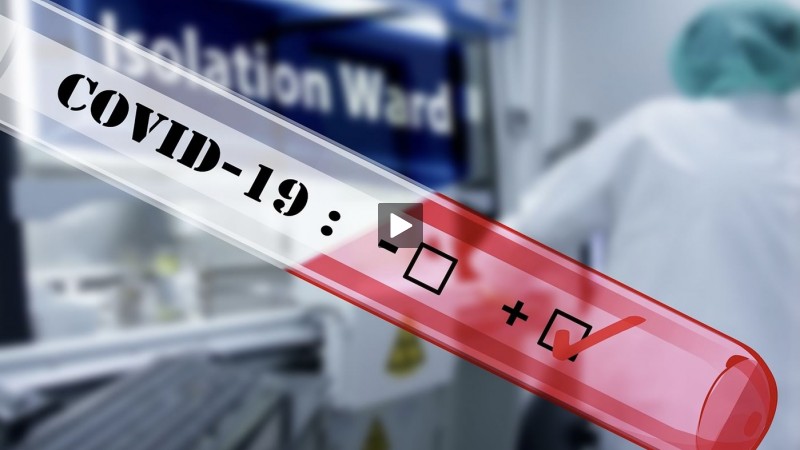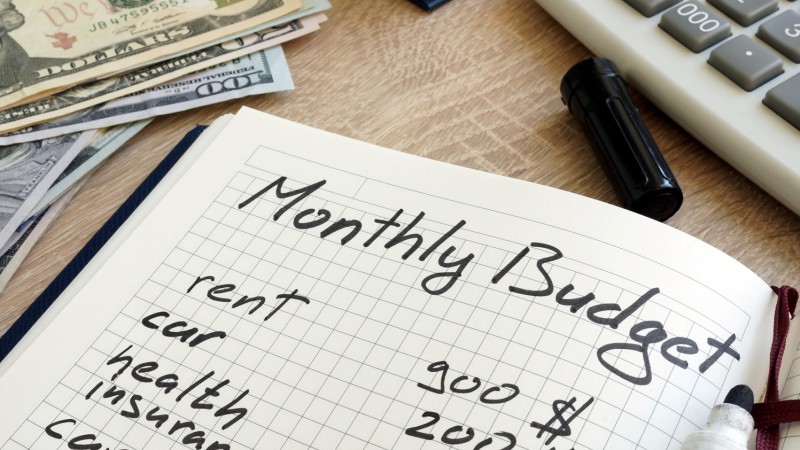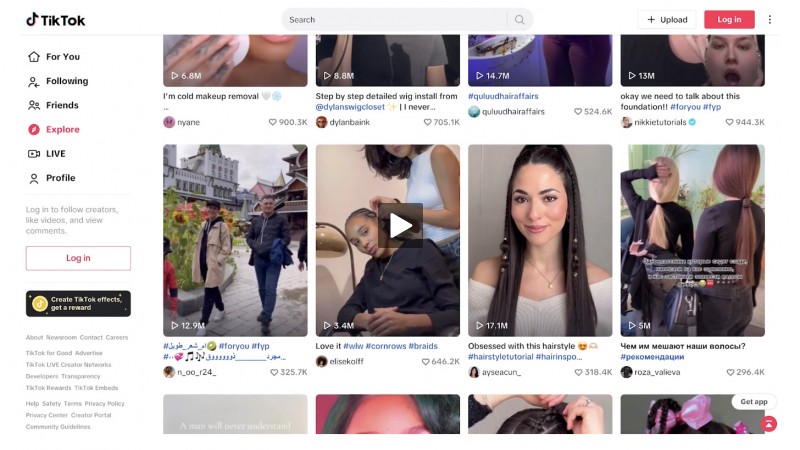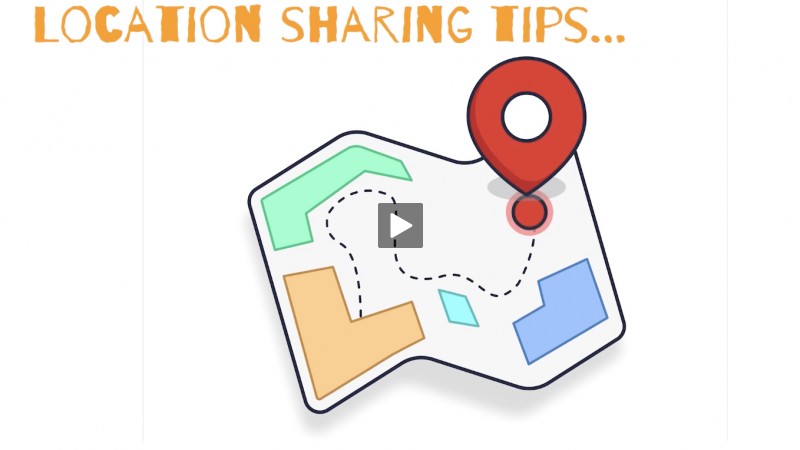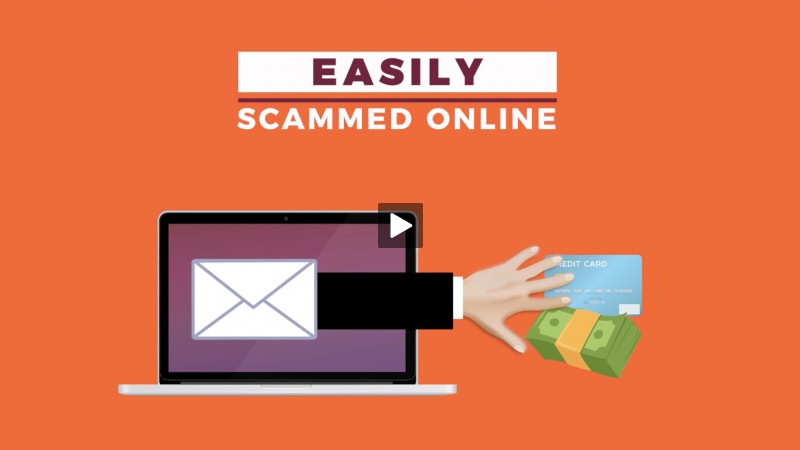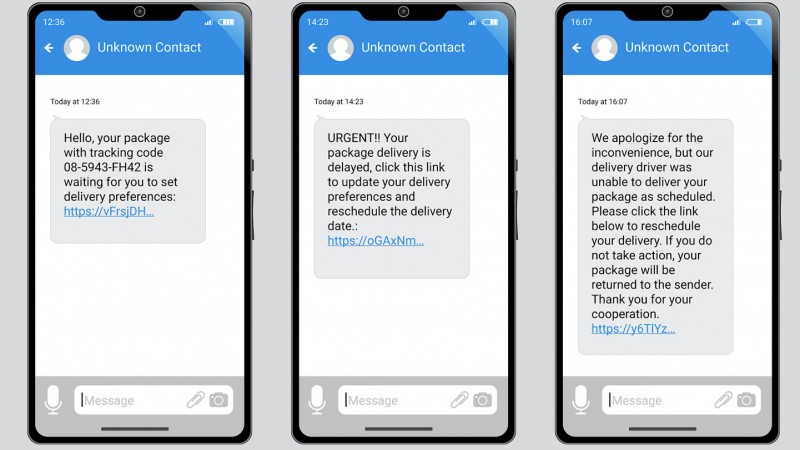Make the Most of Your Financial Resolutions
- Details
- Written by Remar Sutton
- Category: Articles

What are your financial resolutions? Most people want to save more, spend less, and pay down debt, according to a recent survey from Fidelity. These are great financial goals, but making them a reality is not so easy. Why? First, the goals are vague–without a plan that has specific action steps, the goals will remain just nice ideas. Second, achieving the goal of saving more requires most people to spend less and reduce debt. So an effective plan must address all three goals in concrete ways. Here are some tips to help you get started.
Save More
The secret to saving more money is to pay yourself first. And you should do that whenever you get a paycheck or earn money on a freelance job. Of course, tracking your overall spending and making a budget is the best way to identify potential areas for savings. But even if you aren't willing to do that at the moment, there are several small steps that will help you start saving today.
Create an emergency fund. Having unexpected big expenses is a major concern for most people, according to the Fidelity survey. Having an emergency fund of at least $1000, and preferably of 3 to 6 months expenses, will give financial flexibility and help you avoid more debt. Create or add to your emergency fund by arranging for a direct deposit of a small amount from each paycheck into a savings account. Just $25 monthly can add up. The FoolProof Foundation can help you set this up.
Take advantage of "free" savings offered by employer matches to retirement savings. If your employer matches contributions to your 401K or other retirement savings plan, contribute enough monthly to take advantage of this. Again direct deposit from your paycheck helps you pay yourself first.
Plan to look for places where you can cut spending so you can save more. See the tips in the next section for some easy ways to start.
Spend Less
Tracking your spending for at least month is the best way to identify opportunities for spending less. That means tracking repeated daily purchases or impulse purchases where you pay cash, swipe a debit or credit card, or tap your smart phone. Those types of purchases are where a lot of money goes "missing." There are even apps to help you track spending. Highly rated apps, for example, include Mint, GoodBudget, Billguard, HomeBudget, and Expensify.
But even with a good app, keeping track of every dime you spend is a challenge (not to mention a bore–we admit it). So while you are making up your mind to dig deep and track your expenses, here are concrete steps you can take to start cutting expenses.
Eat at home or brown bag your meals and snacks. National statistics show that Americans spend approximately 43% of their food expenses on food away from home. Preparing breakfast and dinner at home can save big bucks even when you sometimes bring home prepared foods from the supermarket. Taking your lunch on most days of the week, rather than eating out, will save you money and calories! Take a bag (or single cups) of your favorite specialty coffee into the office.
Grocery shop with a list. Use the weekly sales at your favorite market. You can sign up to get it online and also download coupons to your loyalty card. Roughly plan meals around some of the sales specials. Shopping with a list has been shown in many studies to help shoppers to reduce spending on groceries and to avoid impulse purchases.
Give yourself a weekly cash allowance for miscellaneous expenses. That’s a good way to cut back on daily incidental spending such as specialty coffee at your favorite café, getting a burger with a co-worker, dropping money in the vending machine and the like. When the cash you allowed yourself, say $20 or $25, is gone, that's it for that week.
Opt for low cost or free entertainment for yourself and your family. Our report on "Saving Money on Entertainment and Shopping" gives you lots of fun ideas that can save lots of dollars.
Set a strict clothes budget. Also try to shop for clothes only on sale. Always ask, do I need this or do I just want it? What do you have in the closet you haven’t worn in a while? Try a turn up of your closets and drawers rather than a turn around the mall.
Do a few little chores yourself rather than pay for them. For instance, wash and detail the car yourself–or bribe the kids to do it for less than you’d pay the service. The same goes for raking and mowing the lawn.
Review your personal and family phone plan. As reliance on smart phones and tablets has surged, service providers have made it easy to keep adding things on without stopping to review what you really need and can afford. So take a moment to go to your phone service provider's website and review what savings may be available.
Pay Down Debt
All debt is not created equal. When most of us talk about paying down debt, we mean high-rate credit card balances and installment loan debt (such as retail store credit). According to the experts, that's a good approach to start reining in debt.
The first step is to identify what debt you have and the most expensive debt. So list the balances you owe on any credit card, monthly minimum payments, and the interest rates you are paying. If you have retail installment loans (such as from an electronics, appliance or furniture store), include these on your list. If you have any automotive loans or private student loans (not government sponsored student loans), list them in a second grouping.
When you have your list of outstanding debit, you can take either of two general approaches to starting to pay the debt down. If you need to see progress very quickly, then take the smallest debt first. Your goal is to increase the monthly payment on this debt as much as you can while making minimum payments on the other accounts. When the smallest account is paid off, move to the next largest and pay it off in the same way.
In the other successful approach, you pay off the debt with the highest interest rate first by increasing payments on it as much as you can, while making minimum payments on other accounts. When you have paid off the highest interest rate account, move to the next highest.
Two cautions are in order: First, always pay at least the minimum payment on all debts by the due date. Second, be careful about using balance transfer offers to pay down debt. When you see offers like "transfer and pay 0% for 12 months," it's hard not to sign up. But beware–most balance transfers come with other fees that may make the loan more expensive than the debt you are trying to pay off. Also be sure you can make the payments required to pay off the transfer in the designated period.
Getting a Start on Achieving Your Financial Goals is Worth It
Taking on several of the suggested steps to help you reach your financial goals can be challenging. So why not adopt only one or two at a time. Then as you get accustomed to the new approach to spending and saving, add another step or two. By the time this year starts dwindling toward another new year, you will find you’ve not only made progress on achieving your goals but you have also adopted positive new financial habits.
For More Information
Make a Budget worksheet from the Federal Trade Commission (FTC) can help you create a quick snapshot of your monthly income and expenses.
Paying Down Credit Card Debt from the FTC gives helpful tips and cautions.














